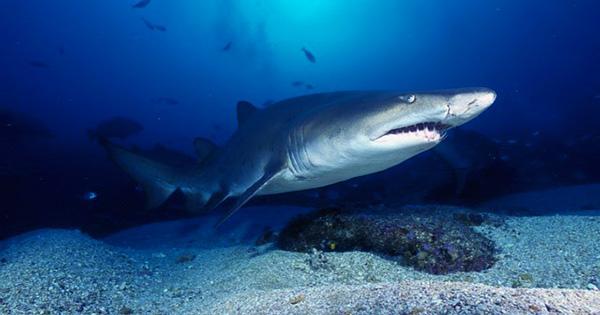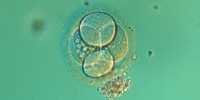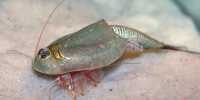Items collected by Cretaceous fossil shark tooth collectors may have been valuable or may have become something significant in biblical times, a new discovery said. Alternatively, some endangered sharks have found a place where they should not be. The ancient city of Jerusalem is not only internally, it is 700 meters (2,500 feet) high. This is not the expectation you find of marine fossils. Nevertheless, archaeologists excavated a 2,900-year-old house. About the discovery at the Goldsmith Conference, the scientists said that the region did not remember another event like the Kentucky Patch, far from the sea, when it was under water.
Instead they report to Frontiers in Ecology and Evolution that the teeth reached the holy city through human intervention, which teaches us something about ancient society rather than paleography. Dr Thomas Tuetken of the University of Mainz said in a statement, “These fossils are not in their original setting, so they have been removed. They were probably valuable to someone; we don’t know why.”
The discovery was made during excavations in the village of Silwan, which is believed to be part of the original site in Jerusalem. Archaeological excavations in the area have been disputed since the area is largely populated by Palestinians, but has been approved by the Jerusalem Council. The teeth contained material that was used to fill a pool (which for ages) served as part of the water supply during the conversion to the house. There were also fish bones in the ingredients, but it certainly wasn’t related to the teeth.
The bones have been a food waste since the house was built, about half of which were identified to have come from the Bardawil Lagoon in Egypt, when the teeth were several thousand times longer. The discovery is a testament to the benefits of peer review. “We initially assumed that shark teeth were food remnants thrown away about 3,000 years ago, but when we submitted a paper for publication, one reviewer said that one of the teeth could only come from the late Cretaceous could have been extinct for at least a million 66 million years. The shark that has become,” Twain said.















